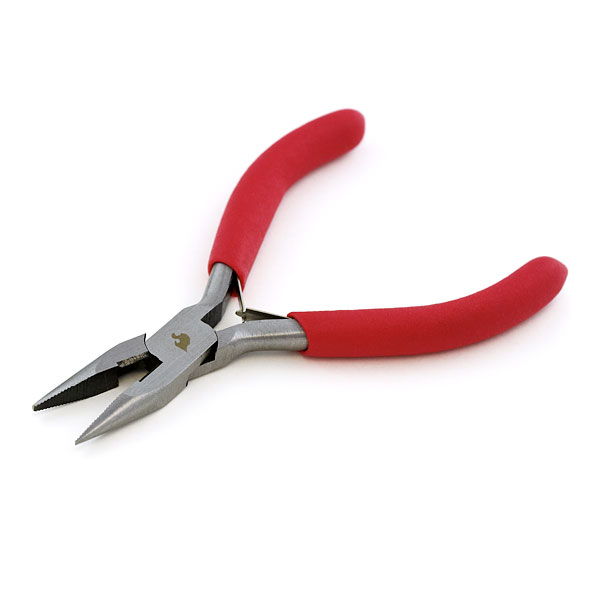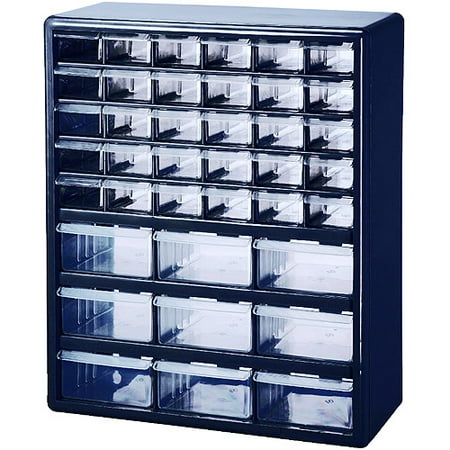Computers, nowadays, are one of the
needs of every individual who has their own task in their everyday lives. Most
are found on schools, jobs or even in their homes for important and trivial
purposes. But sometimes, due to overuse, we aren’t aware of our computers’
condition that might lead later on to its damage and malfunction, that’s why
Computer Hardware Servicing is there for the support and maintenance in
computer hardware. It involves diagnosing computer hardware issues, upgrading
hardware on a computer and repairing computer hardware. As a kickstart here are
some tools that can help you in Computer Hardware Servicing:
Hand Tools
-
Hand held tools
for performing work on a physical material.
-
Used for
tightening or loosing slotted screws.
-
Used to tighten
or loosen cross- head screws.
4. Hex Driver
-
A.k.a “nut driver”, it is used to tighten nuts
in the same way that a screw driver tightens screw.
-
A.k.a “pointy-nose pliers, long-nose pliers, pinch-nose pliers or snipe-nose pliers” This tool is used to hold small
parts.
-
Used to manipulate small objects that are too
small for our hands.
8. Part Retriever
-
Used to retrieve small parts from location that
is too small for your hands to fit.
9. Flashlight
-
A portable tool that is used to light up areas
that are dim or you cannot see well.
Cleaning Tools
-
These tools ensure that computer components are
not damaged during cleaning.
1. Lint- free cloth
-
Used to clean different computer components
without scratching or living debris.
2. Compressed Air
-
Used to blow away dust and debris from different
parts of the computer without touching its surface or components.
3. Cable Ties
-
Used to bundle neatly inside or outside of the
computer.
4. Parts Organizer
-
Used to store tools and small objects to avoid
getting them mixed together.
Diagnostic Tools
-
These tools are used to find the cause of erratic
behavior, slow operations and other problems of the computer.
1. Multimeter
-
Used to test the integrity of circuits and the
quality of electricity in computer components.
2. Loopback Adapter
-
Used to test the functionality of computer
ports.






Walang komento:
Mag-post ng isang Komento